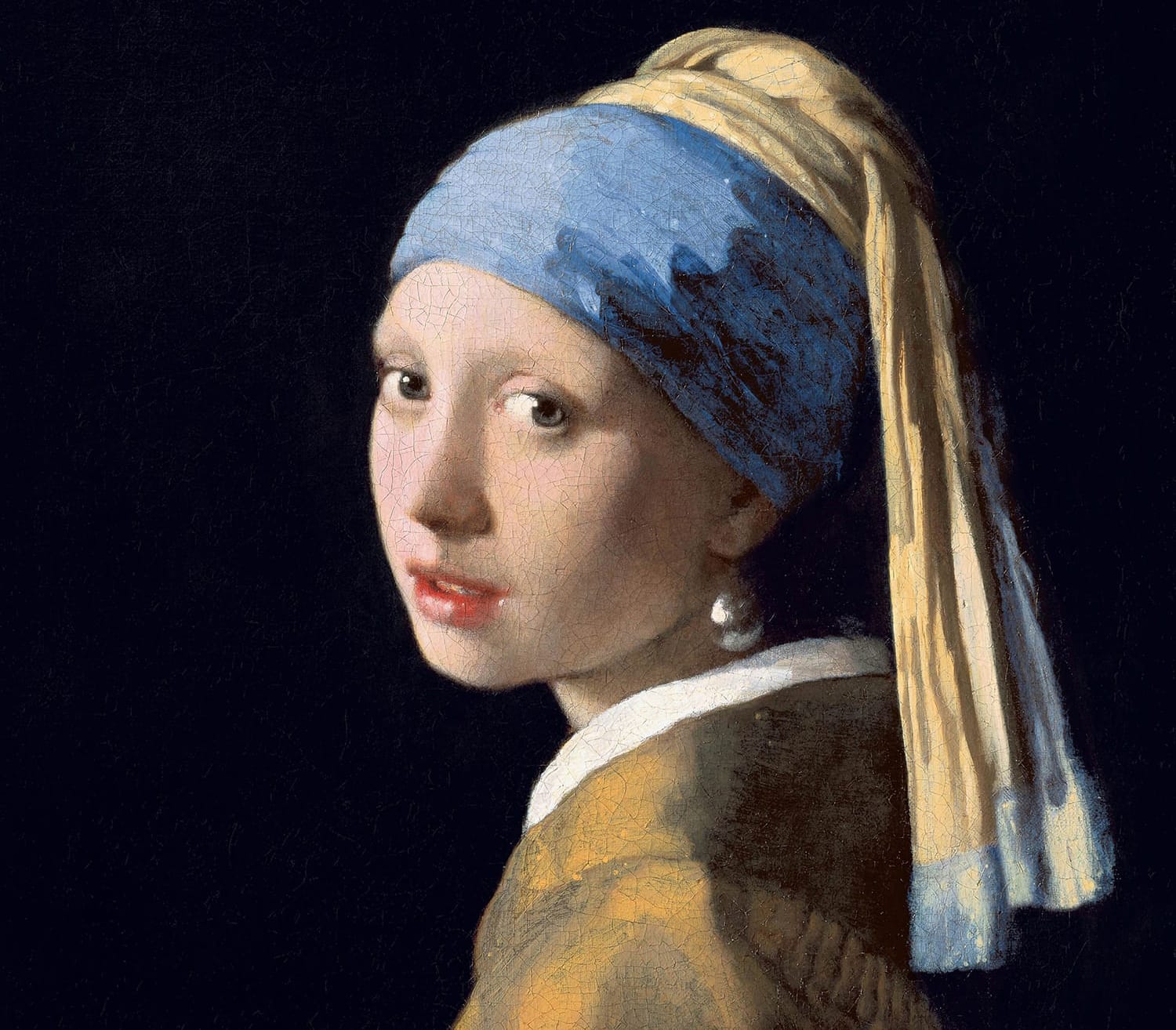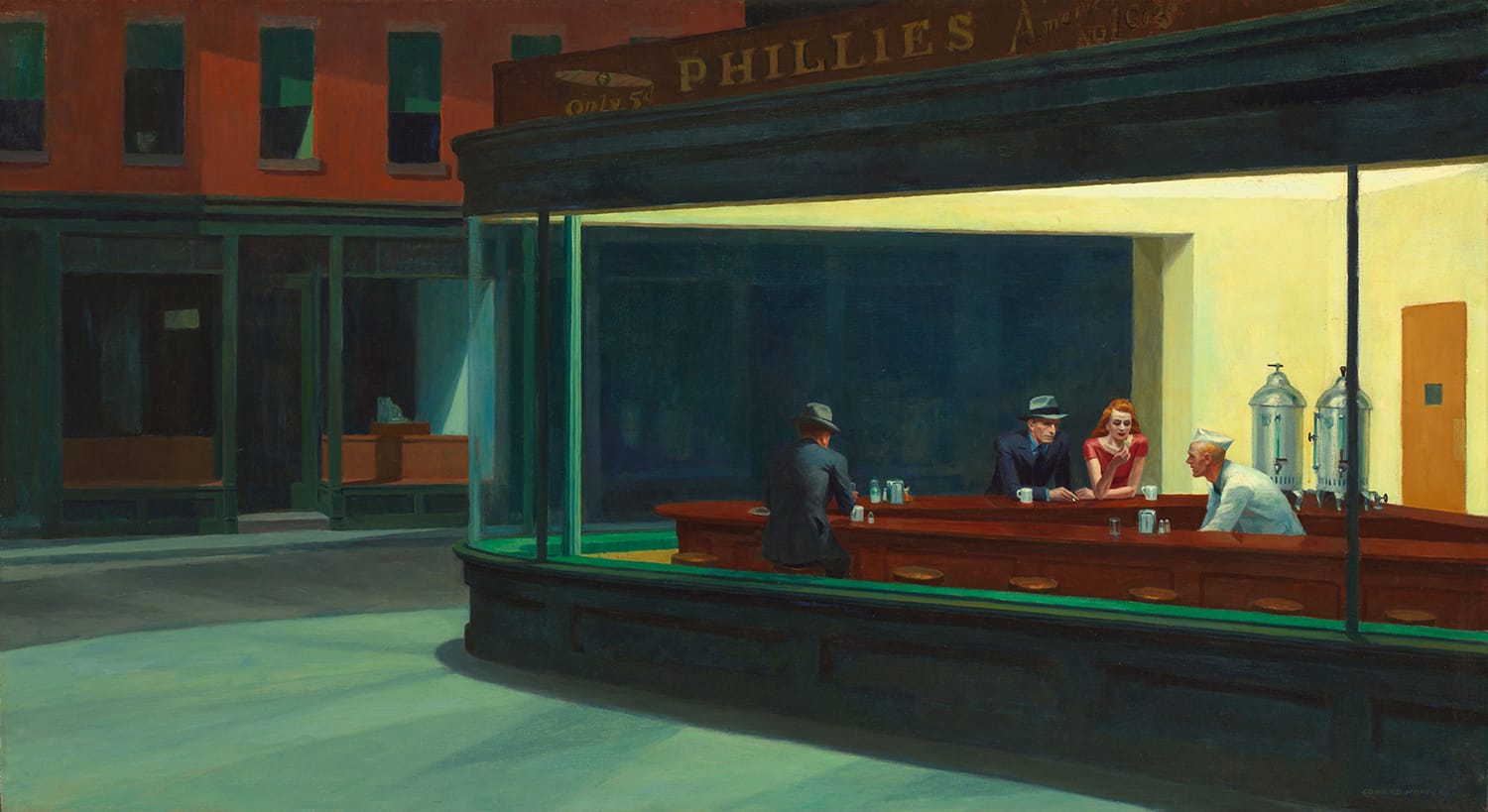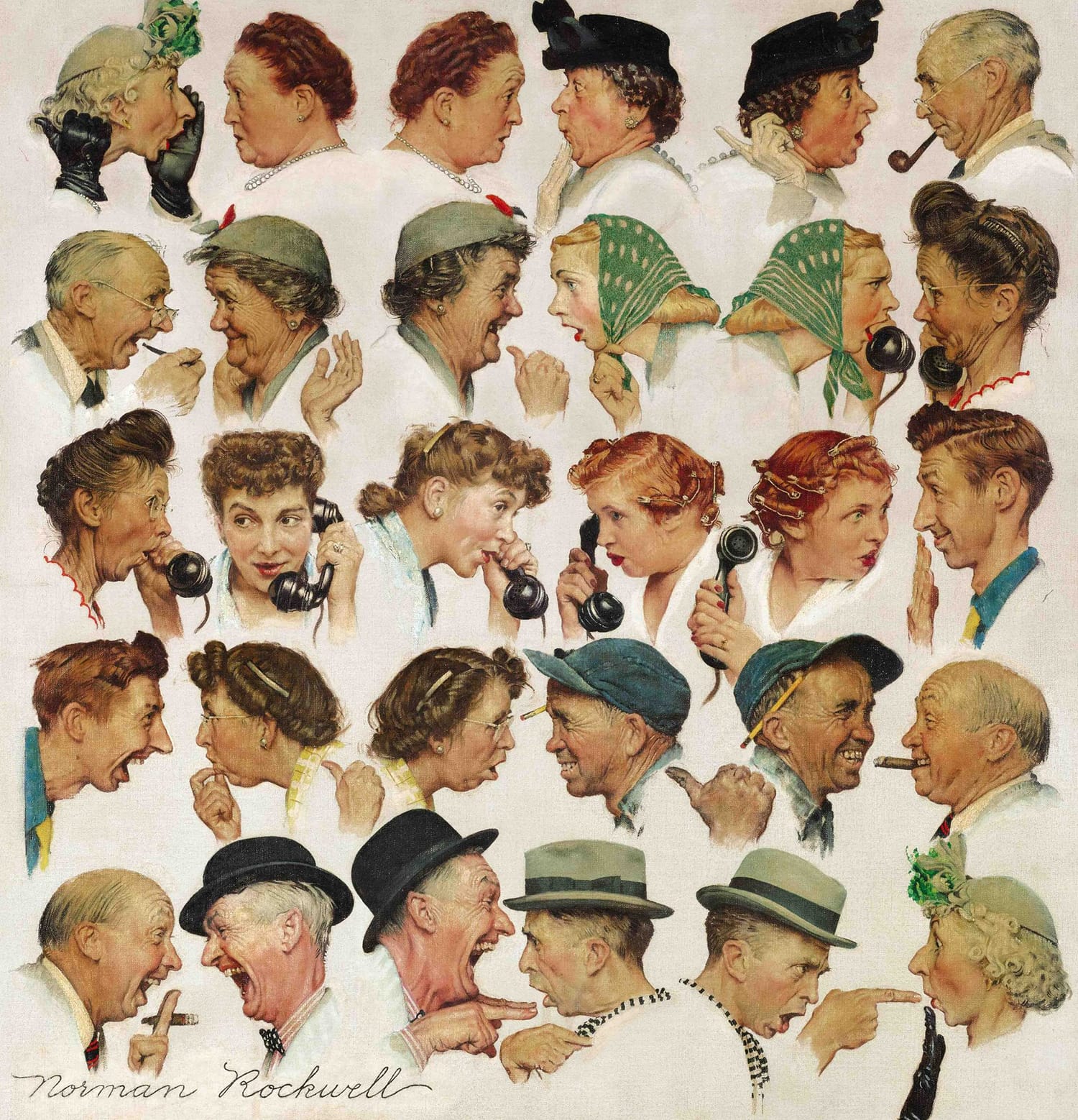What the World’s Famous Paintings Can Teach Us About Photography – Part 2
In the first instalment of this article, we focused on understanding the role that paintings play in photography.
More importantly, we talked about the things that photographers can learn from paintings: good composition & subject emphasis, good contrast, and good lighting. This time around, we will feature some of the world’s most famous paintings that inspire / can inspire photographers.
How Paintings and Photography Complement Each Other
For artists and those inclined to the arts, paintings and photographs have basically the same elements. Both are used to show a scene or event, as well as to interpret visions and ideas.
Painters use colors and shapes in creating images, while photographers make use of a variety of subjects and carefully plan their lighting and shots. Both painters and photographers are skilled and rely greatly on their creative visualizations.
Moreover, quite a number of photographers use famous paintings to inspire them to come with creative masterpieces. Some of them even credit paintings in their studies on light and composition. Likewise, some photographers nowadays find inspiration in blending or combining painting and photography in their masterpieces.
Famous Paintings That Inspire Photographers
Below are some of the world’s most famous paintings that photographers can and most definitely should look at and study for inspiration.
1. Johannes Vermeer’s Girl with a Pearl Earring
This oil painting on canvas by Johannes Vermeer, a Dutch painter, shows a young woman wearing a gold and blue turban, a gold jacket, and a large pearl earring. “Girl with a Pearl Earring” is the most famous among the painter’s 36 known works.

Vermeer’s style of painting is recognizable as it usually represents a genre. Most of his subjects were women at work or women doing their day-to-day tasks. However, this painting is one of the few that does not show the subject performing a task.
The “Girl with a Pearl Earring” is something that photographers can learn from in terms of lighting, as Vermeer was partial to window light. The way the light reflects off the earring and the catch light in the girl’s eyes are some of the things a portrait photographer should learn more about.
Additionally, the painting shows a strong connection between the subject and the painter, which in turn, creates a strong attraction to viewers. Creating a subject-photographer-viewer connection is essential in photography.
2. Leonardo Da Vinci’s Mona Lisa
One of most popular and beloved paintings in the world, across all generations, Mona Lisa was created by Italian painter and sculptor Leonardo Da Vinci in Florence, Italy. The painting is an icon, not only for painters but also for photographers, as it set the standard for portraits.

Mona Lisa is a half-body portrait of a woman. The backdrop shows a distant landscape, smoothly blending the human subject and nature, something that the painter felt strongly about.
The major element painters should take note of when viewing the Mona Lisa is how Da Vinci established a connection with his subject. This is evident in the smile, which is one of the things that have made this painting popular all over the world.
Da Vinci’s Mona Lisa hangs in The Louvre in Paris.
3. Edward Hopper’s Nighthawks
Edward Hopper painted Nighthawks in 1942. It shows a late night scene in a downtown diner. There are people seated in the diner’s bar. It is one of his most popular works. It is said to be an ideal example of the night-time effects of man-made light.

Light spills out into the sidewalk courtesy of the glass windows of the diner. This light comes from only one light bulb, which is why it casts several shadows. Also, some areas of the diner are brighter than the others. In addition, there are reflections on several surfaces because of the brightness of the interior light.
Another reason this painting attracts attention is its simplicity and quietness. It is something that photographers can learn from – there are big moments but there are also small, quiet ones that deserve to be captured and frozen in pictures.
4. Raphael’s The School of Athens
Raphael Sanzio, more popularly known as Raphael, created “The School of Athens” sometime between 1509 and 1511. It is the perfect combination of art, science, and philosophy, a style most evident during the Italian Renaissance. Several figures are seen in the painting including Socrates, Plato and Aristotle, Pythagoras, Ptolemy, Euclid, Heraclitus, and Diogenes. It also features the statues of Apollo (the god of light, music, truth, and healing) and Minerva (the goddess of wisdom and justice).

“The School of Athens” is an expansive painting that requires more than just a fleeting look. It combines a lot of stories in one picture – more or less a dozen of them. Each story is featured in a way that does not distract the other – and therefore doesn’t distract the viewers. This is something photographers should learn to do instead of just focusing on taking photos of singular subjects all the time.
Raphael’s masterpiece can teach photographers a thing or two about proper composition.
5. Norman Rockwell’s The Gossips
American illustrator, Norman Rockwell, created “The Gossips” in 1948 for The Saturday Evening Post. His main subjects for the painting were his Arlington, Vermont neighbors – in addition to himself as the subject of the gossips.

It generated a lot of curiosity; so much so that thousands of readers sent in letters to The Saturday Evening Post asking what the gossip was about. They did not get any answers though.
This masterpiece of a painting is the perfect illustration of how photographers should use facial expressions in telling stories. Capturing the facial expressions of their subject – in the most natural way – will help elicit interesting responses from viewers. In addition, like Rockwell’s painting, it can start a conversation.
These are just some of the most famous paintings in the world that photographers should look at and study for inspiration. There are many others, both by classic and contemporary painters. Every photographer, who strives to continuously improve and develop their skill, should spend time observing and studying paintings. A few minutes a day can go a long way in mastering skills and techniques that can help one become better.
